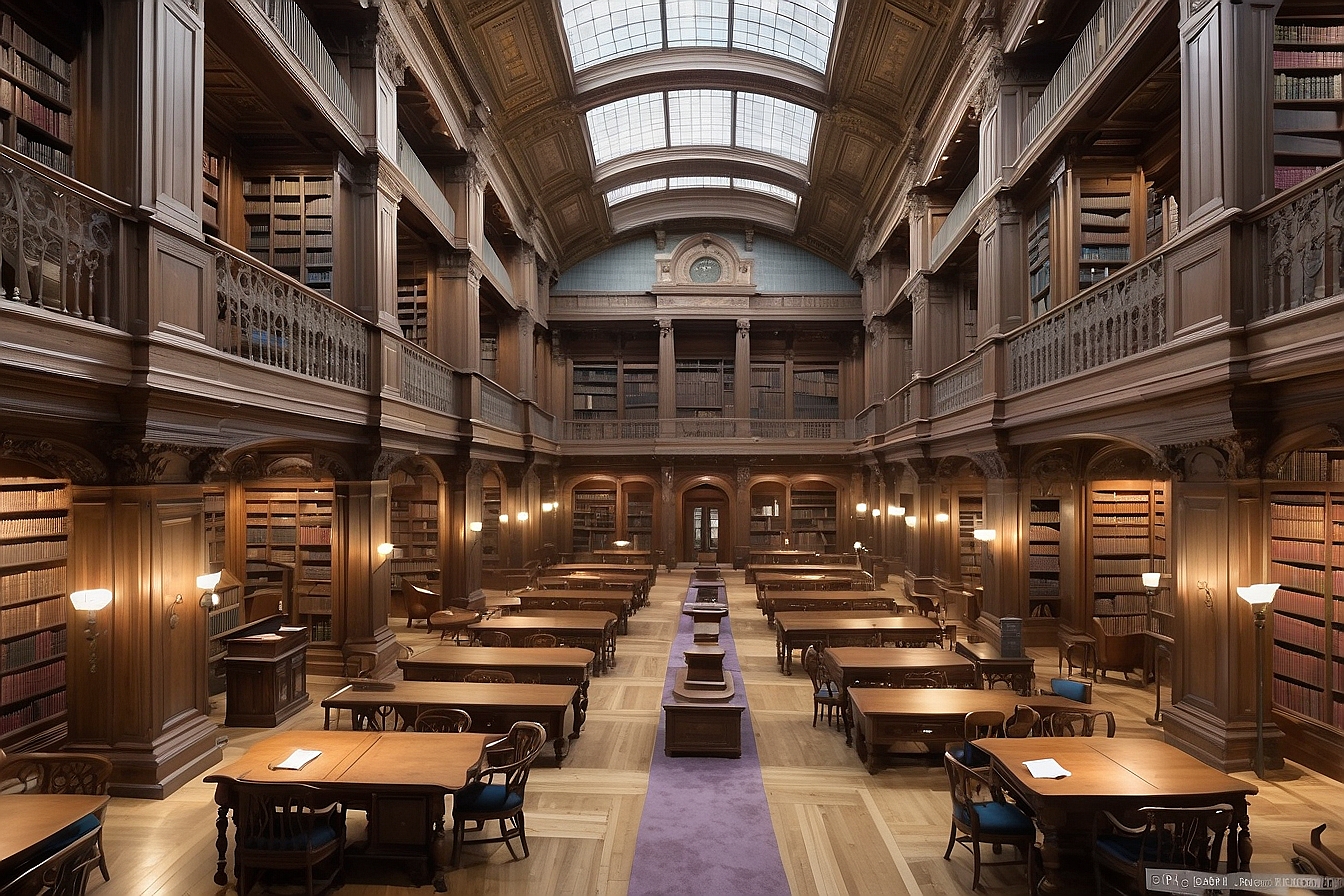In the early 20th century, as New York City rapidly expanded, public libraries became cornerstones of communities, providing not only access to books and information but also a unique solution to an urban problem. To ensure that these valuable public assets were well-maintained and secure, some libraries offered apartments to their janitors and their families, allowing them to live on-site.
A Historical Context
The tradition of housing janitors in libraries was part of a broader trend in which caretakers lived where they worked. This arrangement offered multiple benefits: it provided the janitors with stable housing and ensured that the libraries were constantly monitored. In an era before sophisticated security systems, having a resident caretaker was a practical and effective way to safeguard the premises and the valuable materials within.
The Carnegie Legacy
Much of this practice can be traced back to the philanthropic efforts of Andrew Carnegie, whose donations led to the construction of 67 branch libraries in New York City between 1902 and 1929. Carnegie’s vision was not just to build libraries but to create community hubs that were accessible and welcoming. To achieve this, he included funds for maintenance and caretaking in his endowments.
In many of these Carnegie libraries, janitors’ apartments were integral to the design. These apartments were typically located in the basement or on the upper floors, ensuring that the caretaker and their family could live privately while remaining close enough to fulfill their duties.
Life Inside the Library
Living in a library presented a unique lifestyle. For the janitors and their families, the library was not just a place of work but a home filled with the quiet rustle of pages and the faint scent of aging books. Children of these janitors often grew up with an intimate relationship with literature and knowledge, having unparalleled access to the library’s resources.
However, this living arrangement also came with its challenges. Privacy could be limited, and the responsibility of maintaining such a critical public space was significant. The janitors

‘ presence was a constant reassurance to patrons and staff alike, symbolizing a commitment to the upkeep and security of the library.
The End of an Era
As technology advanced and urban living conditions changed, the need for on-site janitorial apartments diminished. By the mid-20th century, many of these apartments were repurposed for other uses, such as storage or office space. The advent of modern security systems and professional cleaning services made the live-in janitor less essential.
Today, the practice of housing janitors in libraries is largely a relic of the past. However, the legacy of these unique living arrangements remains a fascinating chapter in the history of New York City’s public libraries. It reflects a time when community infrastructure was designed with a holistic approach, considering not just the physical building but also the people who maintained it.
Conclusion
The story of janitors living in New York City libraries is a testament to the innovative and community-focused spirit of early 20th-century urban planning. It highlights how libraries have always been more than just repositories of books; they are living, breathing parts of the community, cared for by individuals who dedicated their lives to their maintenance and security. This historical practice underscores the importance of libraries as safe, welcoming spaces that serve as the heart of their neighborhoods.
By the way, CENTURY 21 Keim doesn’t sell real estate in New York, but we DO serve Eastern Pennsylvania, New Jersey and Delaware. So whether you’re looking for the perfect vacation home in the mountains or at the shore, OR you’re looking for your dream home, contact us at c21keim@gmail.com, call us at 800-648-4421 or visit us online at www.Century21Keim.com


 Facebook
Facebook
 X
X
 Pinterest
Pinterest
 Copy Link
Copy Link






